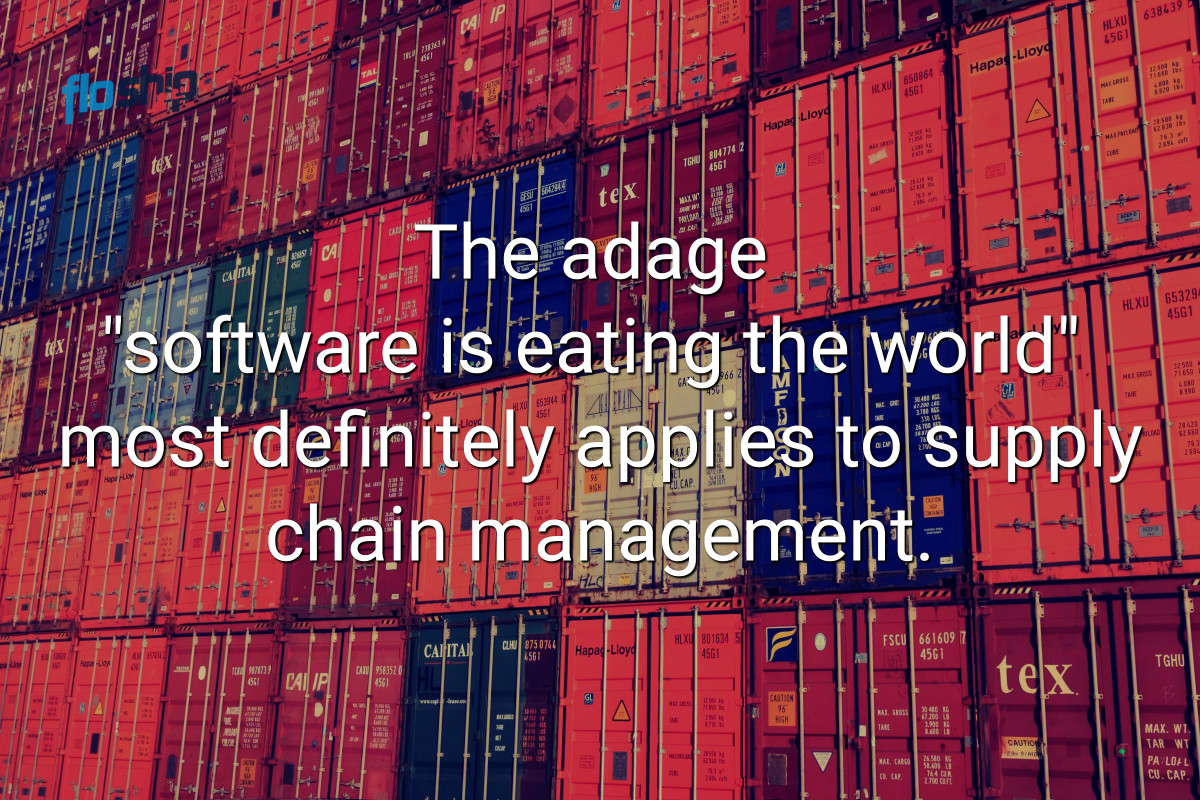conomic global growth is affecting multiple business sectors, not the least of which is the warehouse industry and other hidden supply chain costs.
From the explosion of activity within the ecommerce retail sector to mobile-enabled business growth in developing nations, the impact of economic growth is affecting warehouse operators around the globe.
While this rise in activity is a boon for warehousing companies, it also provides the perfect opportunity for a long, hard look at current warehouse management practices and to reduce supply chain costs overall.
A deep analysis of current supply chain practices can build an awareness of multiple business-growth opportunities.
Whether you operate a warehouse facility in a small market or are tasked with overseeing a global distribution facility, the opportunities for growth are the same (just at a different scale).
Consider the following six supply chain management opportunities if you want to increase profitability while decreasing costs at the same time.
1. Personnel
One of your greatest opportunities for decreasing your supply chain costs is through smart management of your labor force.
No, this doesn’t mean reducing staff levels and asking remaining staff to work twice as hard.
Labor force management includes everything from communication initiatives to market demand analysis and process forecasting. Inefficient communication strategies can lead to missed shipping deadlines or return shipments.
Failure to understand upcoming increases in warehouse activity, i.e. seasonal shipments, can influence everything from employee sick and time-off requests to overtime costs.
When warehouse management integrate process forecasting into their business development strategy, they are better able to utilize their staff, thereby increasing their personnel ROI while decreasing overall costs. With clear and consistent employee training, the increase in savings will continue to accrue over time.
2. Inventory Management
A well-honed inventory management strategy is crucial for decreased supply chain costs.
Everything from incorrect stock picks and tracking errors to under-stocking and over-stocking can influence warehouse profits. A sound inventory management strategy includes multiple factors like a procurement plan and failure analysis (for when the inevitable mistakes happen).
Without a clear plan in place for each aspect of inventory handling, you can’t spot inefficiencies or uncover potential cost savings. From preventing product theft to drop-shipping partnerships, each aspect of your inventory supply chain needs to be examined.
3. Warehouse IT
The technology your warehouse uses might be having a significant affect on your annual profits and losses.
From using RFID technology for inventory tracking to using software designed specifically for warehouses with multi-level decision makers, your IT expenditures (or the lack thereof) can influence your ability to build a profitable warehouse business.
Staying up-to-date on the latest technological advances in shipment tracking interfaces, maintaining an awareness of logistics analytics tools, and even considering tools like IoT devices or warehouse layout analytics can lead to greater supply chain savings.
When you’re not paying attention to IT advances, there’s a good chance you will be surpassed by warehouse competitors who are. The adage “software is eating the world” most definitely applies to supply chain management.
4. Transportation
While we’re on the subject of shipment management, reducing your transportation costs can also boost your supply chain savings.
Developing a transportation strategy allows you to consider multiple factors that could lead to reduced costs including, but not limited to, crowdsourced P2P transportation services, in-house product movement via drone, and on-demand shipping container services.
From autonomous semi-trucks to warehouse robots, the world of transportation is changing. The more you pay attention to each aspect of your transportation strategy, the better positioned you are to discover cost-saving opportunities.
5. Third Party Services
A growing number of warehouse managers are utilizing third party services as part of their overall operations strategy.
Not every aspect of your business needs to be maintained in-house. Consider whether your business expenditures can be reduced by utilizing the services of an offshore warehouse, Floship ecommerce (for example), or an up-start transportation service located where the majority of your customers are.
Being willing to use third party services when needed could be just the profit booster you’ve been looking for.
6. Operations & Supply Chain Strategy
This brings us to our sixth and final supply chain savings opportunity.
Analyzing your current operations procedures and developing an overall supply chain strategy is a must if you hope to run a more efficient operation.
Investigate everything from your shipment scheduling routines and compliance audits to your international brokerage activities.
Analyze the service needs of your customers and implement a demand-planning strategy. Develop product movement protocols based upon customer segmentation.
The more streamlined your operations are, the more efficient your business will be.
Conclusion: You Can Reduce Supply Chain Costs
Decreasing your supply chain costs is easy if you approach warehouse management from the perspective of a savings-hunting sleuth.
Every aspect of running your business should be open to investigation, as uncovered revenue opportunities could be substantial.
Put on your detective’s cap, review everything from your logistics providers and shipping methods to the placement of inventory within your warehouse, and you’ll be surprised at just how efficiently you can run your business while reducing costs at the same time.



